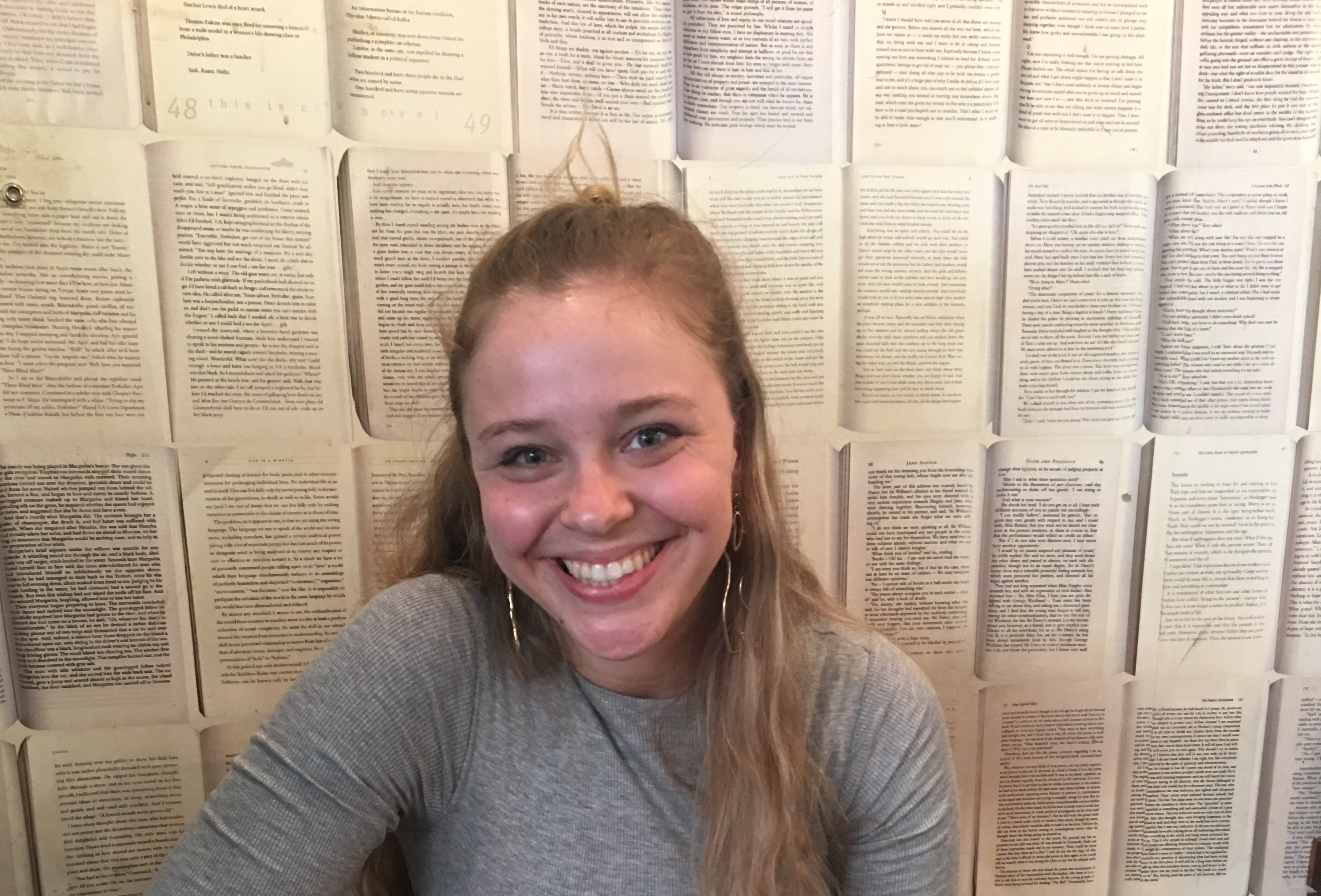

The fifth season of The Crown has officially dropped on Netflix, and we’re engrossed in the drama that’s unfolding over the show’s new decade — the ’90s. Ever since the highly acclaimed series debuted in 2016, it’s taken some creative liberties from time to time, despite heavily relying on history to guide its plot. As we tune into the drama “inspired by” historical events, GRAZIA USA is unpacking every time we asked ourselves, “Did that really happen?”
We’re focusing on The Crown’s sixth episode “Ipatiev House.” Enthusiastic to lead a newly democratic Russia, the first elected President Boris Yeltsin ties to win Queen Elizabeth II’s support while she navigates distance in her marriage with Prince Philip, Duke of Edinburgh.
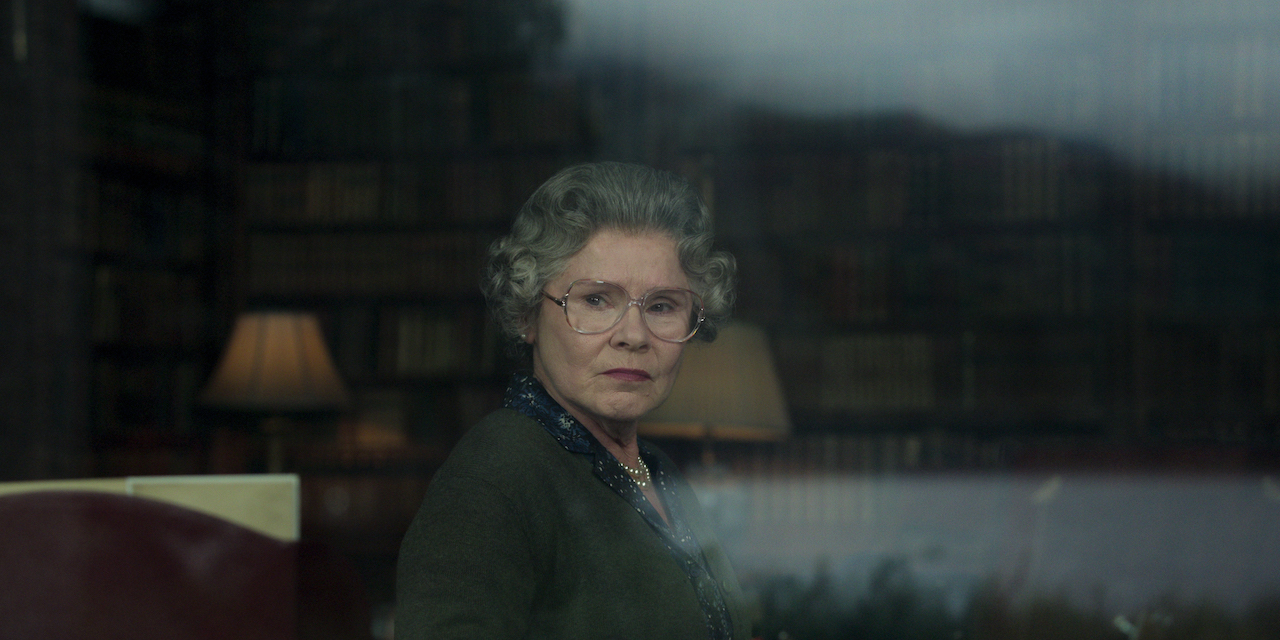
The episode begins in London, 1917 with King George V and Queen Mary of Teck, Queen Elizabeth’s grandparents. A letter has been brought to Buckingham Palace from the prime minister on Downing Street, concerning the Imperial Majesties, the Tsar and Tsarina of Russia. (For background, Tsar Nicholas II is King George V’s cousin.) The British government is willing to send a ship to rescue the Romanovs from the war in Russia, and bring them to safety in England, but would like the King’s consent first, citing the public perception of the war.
King George passes the decision to Queen Mary. “Her judgement is unfailingly better than mine,” he says. Before the Queen makes up her mind, viewers see the Romanovs get awakened in the middle of the night in the Ipatiev House in Yekaterinburg, Russia by armed guards, assuring them that they will be brought to a safer location. The Tsar believes his cousin George has sent a ship for them.
The family is brought into a basement and told to stand against the wall for a photograph, as proof of their safety. The Romanovs are quickly informed that the Ural Executive Committee has sentenced them to death, while their relatives continue to attack Soviet Russia before the Bolsheviks begin to brutally execute the whole royal family and buried them in a mass grave.
Viewers are brought back to the 1990s, where Queen Elizabeth is tuning into a news segment, detailing the fall of Russia’s communist regime, with protests fighting for democracy and the masses rallying for the leader of the popular resistance and the first democratically elected President of Russia, Boris Yeltsin.
Thereafter, it is announced that Yeltsin will embark on his first official visit to Britain and will sign the first Anglo-Russian friendship treaty since 1766. On his visit, Yeltsin invites the Queen on a state visit to Moscow to celebrate the end of communism and the restoration of democracy. Asserting her power, Queen Elizabeth tells him that, while she’s flattered by the invitation, she’s aware that he gave the order to demolish Ipatiev House. Her Royal Highness calls the deed “an act of great disrespect to my family’s memory,” and that she will only attend on the assurance that the Romanovs will receive a decent burial.
Angry that the Queen spoke to him in such a manner, Yeltsin tells his translator in Russian that the Romanov’s fate was sealed by the British royal family. As soon as the Russian President returns home, he orders the excavation of the forest near where Ipatiev House once stood, calling in all the best forensic scientists and pathologists to examine DNA and dental records. After exhuming bones found in a mass grave, the nest step is asking for Prince Philip’s help.
Investigating through mitochondrial DNA, they need a sample that has been passed down through the maternal line to identify the remains. Since the Duke of Edinburgh’s maternal grandmother, the Princess Victoria of Hesse was the Empress Alexandra’s older sister, the Tsar’s wife is Philip’s great aunt. When the Queen tells her husband that his sample is needed, he asks if they need blood, hair, or saliva. When she admits she didn’t think to ask, her lack of curiosity drives a larger wedge between them.
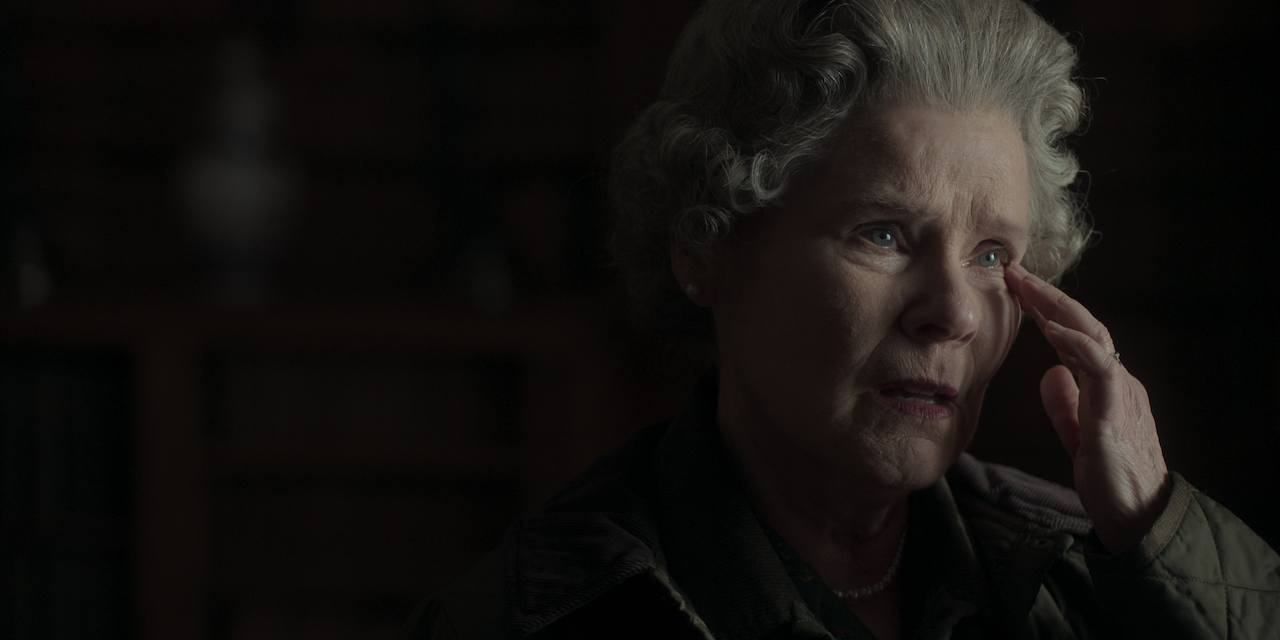
Philip begins to reconnect with his past, reading about his family history and tapping into his Orthodox roots. When the couple arrives in Russia for an official Romanov funeral, there is a last-minute hold up, as they are still unable to identify two of the bodies found. Disappointed, the Queen feels they came all this way for nothing and didn’t even get to have the shared adventure she thought it would be. Philip expresses frustration with all the things he’s had to give up for their marriage, including his Orthodox faith. “I’ve been busy exploring, among other things, the grotesque injustices visited upon my relatives by your relatives,” Philip tells the Queen, referring to her grandparent’s decision not to rescue the Romanovs.
Philip tells Elizabeth that he has found companionship in his nephew Norton’s wife, Penny, and that she has a theory as to why the British royal family betrayed the Romanovs. Reading up on the histories, Penny informs the Queen that her grandparents were presented with the chance to save the Romanovs and declined. Queen Elizabeth doesn’t believe her family would do such a thing. Penny recounts a source from the archives in Windsor, from the diaries of a young Edward VII, detailing when his parents received the letter from the Prime Minister Lloyd George. Penny says many have suspected there was a rivalry between Queen Mary and the Tsarina, originating in their shared youth as German princesses. Empress Alexandria was said to have been prettier and wealthier, and even declined a proposal from King Edward before Queen Mary wed him.
Implementing her prowess as Queen for the last 40 years, Elizabeth deducts the real reason the British family left the Romanovs behind. As Alexandra Romanov was pro-German at the time when England was still as war with them, Queen Mary knew rescuing them would have led to political unrest in England.
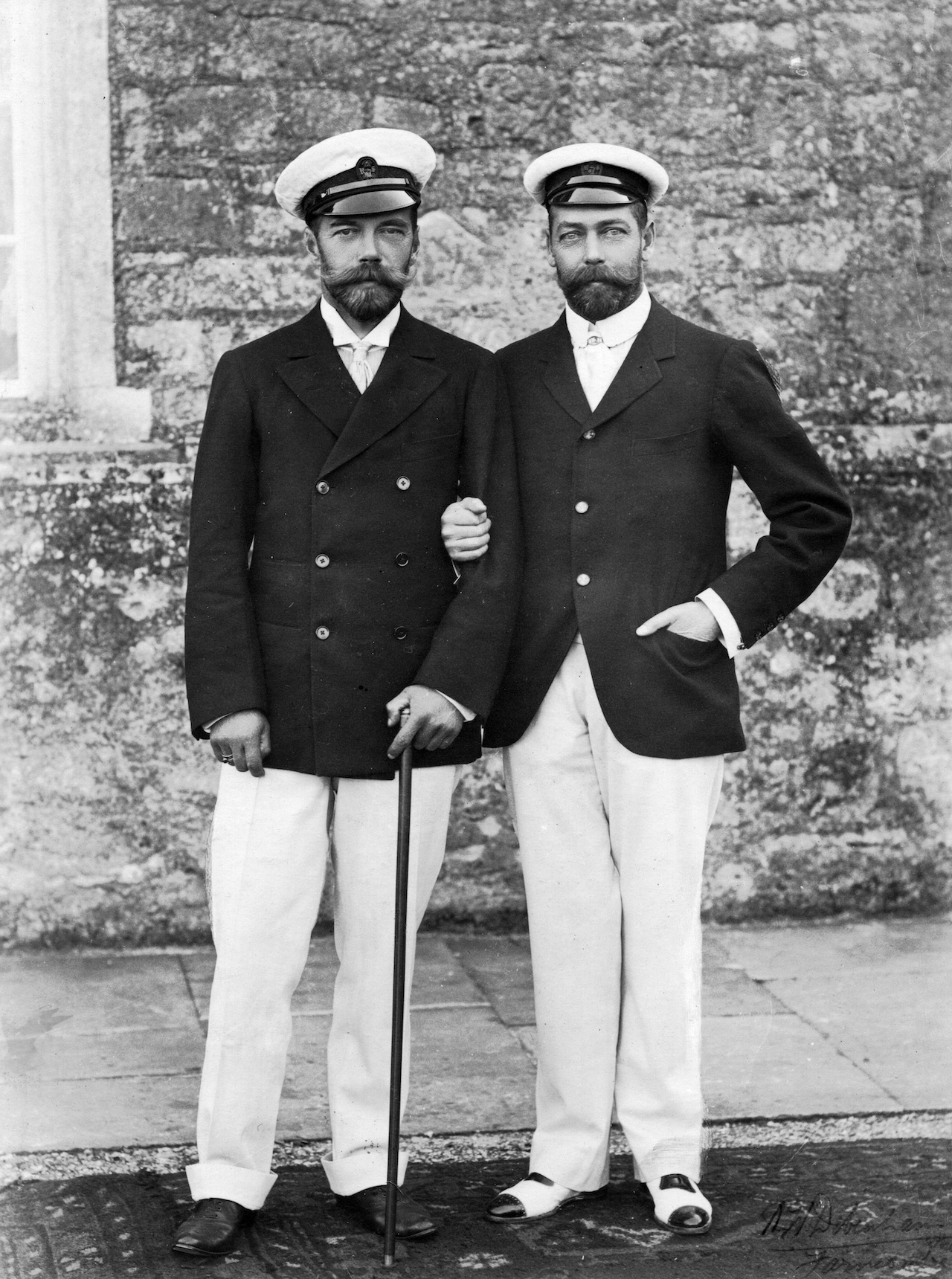
So what really happened? “Ipatiev House” is rooted in historical accuracy and remained factual in its retelling of the fall of the last imperial family of Russia. George V and Tsar Nicholas II were first cousins, related through their mothers. After abdicating the throne, Tsar Nicholas II, Empress Alexandria, and their five children, Olga, Tatiana, Maria, Anastasia, and Alexey, were brutally murdered by the Bolsheviks in a basement in 1918. The British royal family’s decision not to rescue the Romanovs took place over a span of weeks in 1917. According to Frances Welch’s 2018 book, The Imperial Tea Party, King George wished to send the ship, but was dissuaded by his private secretary Lord Stramfordham, who argued that granting the Romanovs asylum would cause turmoil with the British public.
Queen Elizabeth became the first British monarch to step foot in Russia on her 1994 state trip.
Bringing ties to this scandal to present day, Meghan Markle reportedly requested to wear a different tiara before choosing Queen Mary’s Diamond Bandeau for her 2018 nuptials to Prince Harry, but was declined by the Queen due to the “scandal attached.”
According to royal biographer Robert Lacy’s book Battle of Brothers, the author claims the Duchess requested to wear “a beautiful emerald headdress that was said ‘to have come from Russia.’” Lacy explained that pieces sourced from Russia come from “a sensitive origin.” The unknown headpiece “was one of those that found its way into Windsor hands through ‘undefined’ not to say dodgy channels – and for an undisclosed price – in the aftermath of the Russian Revolution.”
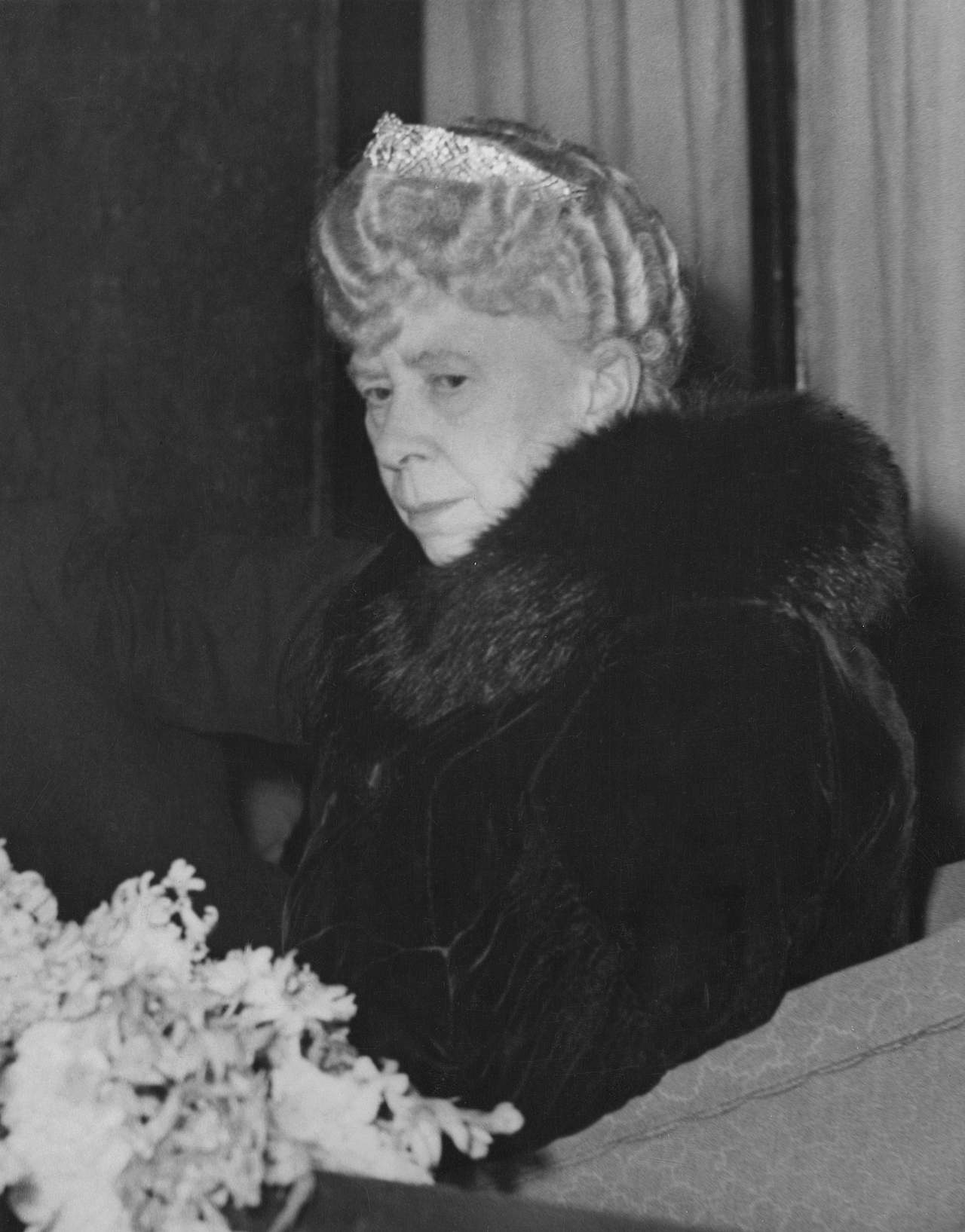
After Russia’s Imperial family were murdered, some of the family jewels found their way to the British royal family. “It would suit neither the palace nor Meghan herself that spring if newspapers started speculating about which Tsarist princess had worn the tiara and how she had been assassinated,” said Lacy.
Not the only piece with Russian ties in the Buckingham Palace vaults, Queen Elizabeth’s beloved Grand Duchess Vladimir Tiara was bought by Her Royal Highness’ grandmother Mary of Teck in 1921. The diamond and pearl looped tiara was reportedly smuggled out of Russia by British antiques dealers following the assassination of the Tsar. It belonged to the wife of the Tsar’s uncle, Grand Duchess Vladimir, who was one of the last Romanovs to escape Russia. After making its way to the U.K., the tiara was purchased by England’s Queen Mary.








